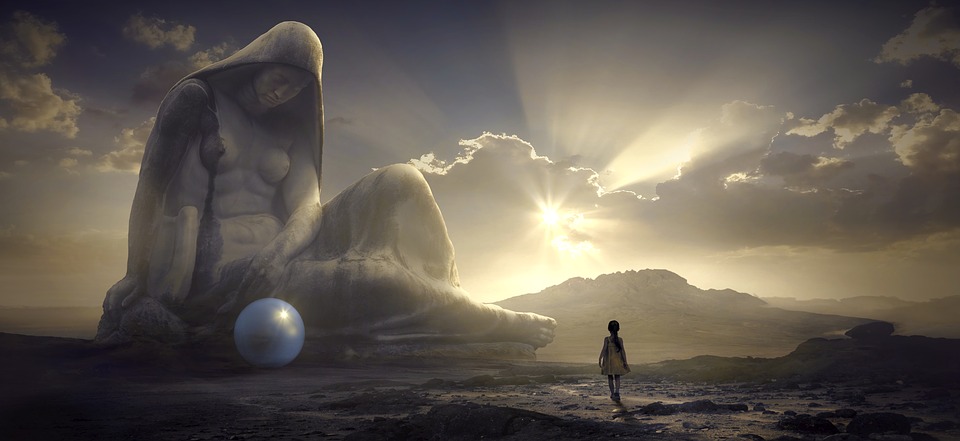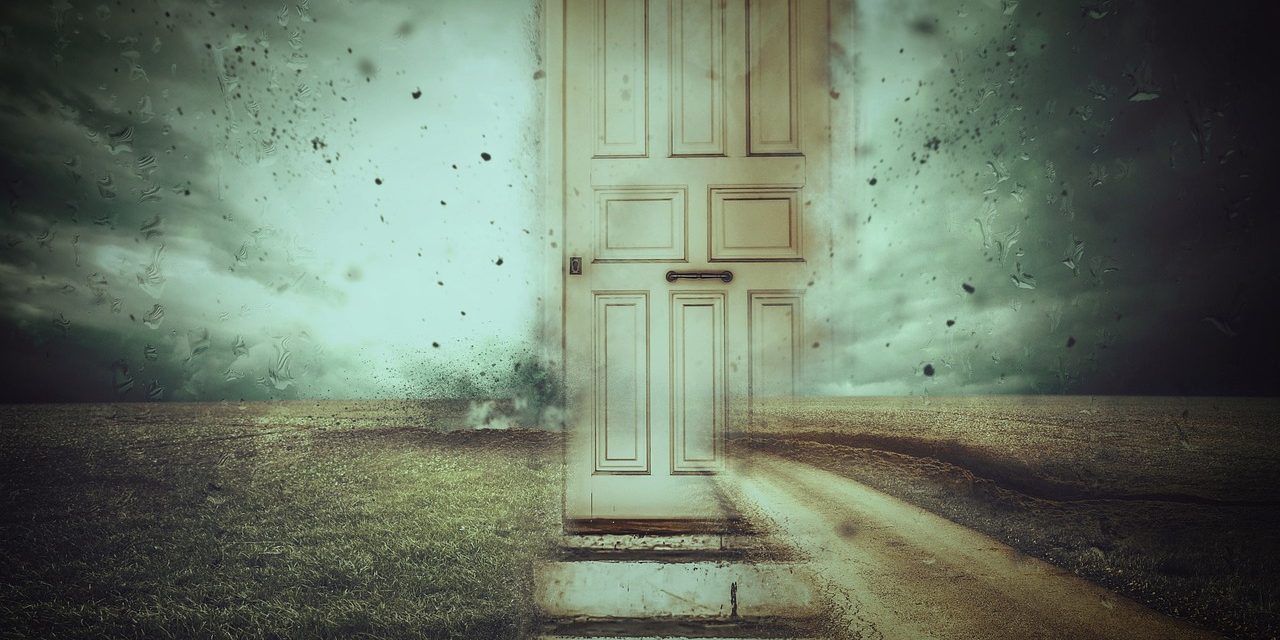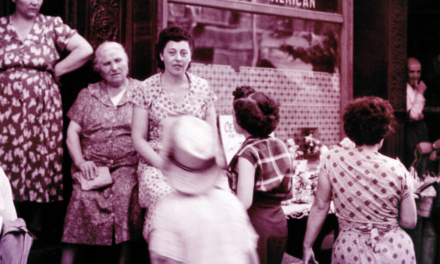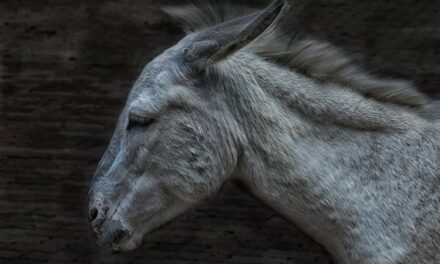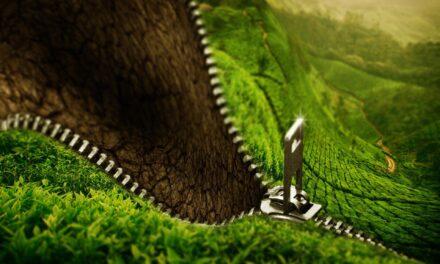You were born an original, don’t die a copy. ~Albert Einstein
Everyone is born creative, but many people (more than you might think) believe they are not. If you are one of the millions who hold this negative belief, you are under the caustic spell of the Inner Critic. And you may have successfully silenced the Innate Creator, your unique creative voice. Everyone is born with an imagination, an Innate Creator, but not everyone actively uses or values this creative power. The Creator loves play, is curious, shows awe and reverence for reality and delights in exploring ways to actualize its human potential. When we align ourselves with Source Self through creative acts, we express our soul’s mission for coming to earth. The Creator is our sublime nature. The Creator says, Yes I can. I want to. Some use this luminous power passively, as in planning mundane aspects of their lives while others use it for a higher purpose to illuminate and actualize their innate talents.
Creativity is a divine gift and uses the imagination, which belongs to a higher frequency of existence. People who revel in using their creativity invite the imagination to magically participate in every aspect of their lived experience, and may even become well-known creators. And as long as a creative person realizes that their gift comes through the Higher Self they will create for their whole life and not let the willful, self-absorbed ego take credit for or stop their creative flow.
The Inner Critic is formed over time. It is the aspect of the ego that doubts, that nay says, that blocks our dreaming self. Oftentimes, it demands perfection before it even begins to create. We all have an inner critic but it is our choice to listen to its voice or not. Creators may hear the Critic and despite its warnings, choose to carry on with their creative agenda. Creators who are stopped in their tracks by the whispers of the Critic are crippled in their life journey and are less attunned to their Higher Self. The Critic is associated with the frequency of the lower self or ego. It is a social construction and not part of our true nature.
In most industrialized societies, creativity is briefly valued in the early developmental years. All children use their innate creator to play and learn. Yet, school-aged children are led to experience the kind of rationally biased forms of schooling where creativity is largely inhibited, constrained and even discouraged. The frequency of their Higher Self is dimmed as they are told to create in certain ways, for specific purposes or encouraged to focus on rational subjects they need to get work. Creativity becomes elitist though it is common to all.
The Inner Critic relies on the muted power of the Creator to do damage to one’s psyche. How does this happen? The young are too often criticized for showing their unique creative spirit: “Trees are not blue; the road is not purple; you coloured out of the lines; you didn’t follow the rules.” These statements, among the thousands of negative admonitions internalized by the time they are 18, are the warnings most children learn to believe to be true. The Critic wants to please others and fears being shamed. Day by day, children open a space for the Inner Critic to grow. As the Critic takes over the child’s fragile psyche, the growing person begins to suffer from an absence of the sublime in their life and work. The Creator is imprisoned by fear and the key to its chambers is lost or, as I prefer to say, “misplaced.”

In my experience as a writer, poet, and teacher of creativity, I have seen the damage that the resident Critic does to the aspirations of the Creator. The majority of my college-aged students have forgotten that the Creator is Innate, and the Critic is Inner— a social construction, and, as such, can be transformed. In fact, people of all ages struggle to acknowledge that their Creator is still waiting for them to reclaim the power of play. As students are led into activities and projects that support the creative self despite the Critic’s fearful warnings, they are freed to bypass the crippling, critical voices. Slowly, many who take my classes and workshops begin to recognize how and when their Inner Critic was spun. They learn to recognize the shaming voices of those who have criticized their dreams, abilities, and ways of thinking. They begin to understand how critical voices speak without respect for the uniqueness of their creative voice. These are the voices of parents, teachers, coaches and toxic friends dominated by their own Inner Critic.
Lucifer, who was a Being of Light, criticized the Creator and Creation and entered into a timeless battle between Light and Darkness. This archetype, the First Critic, is driven by hubris and is blind to the infinite beauty of creation. Critics are inauthentic people who deny their potential to become more of their original self. They are people, whose “face shows no light” as William Blake wrote. Critics are out to destroy the harmony and beauty of another’s creative potential. Criticism promotes false glamour to the highest throne of modern life, namely, the consumerist mind, the zombie mind. When the Inner Critic hijacks our creative power, it distorts and derails our creative flow. Critics are failed, miserable, mortified creators. They have buried the beauty of their light, repressed the power of their true voice and speak only with the rough barbs of wounding words. They are the true barbarians.
The hardest challenge to expressing our personal creativity is to face the blocks to our creative process and aspirations. Blocks emanating from inner critical voices show up as judgments, fears, doubts, a need for perfectionism, and incomplete trust in our unique creative ability. We lose focus, get distracted or lack confidence in being able to do the things we dream of creating. We engage in busyness to cover up our denial of the creative flow. In this zombie-like state, we continue to believe other people’s toxic criticism and lose the will to listen to the clear, elevating voice of our Innate Creator. When we agree to live through the eyes of Inner Critic we follow the bland, bleating voices that always start sentences with But.
The creative voice starts with And.
People who choose to use their creativity have learned to recognize the intrusive Inner Critic and strive, despite struggles with the Critic, to reach for their sublime nature with each creative act, with each moment of wonder and play. We can choose to use our personal creativity at any point in our life to transform the self and the world. Recovering one’s creative voice is therapea, an act of self-healing or wholing. As we open to our Innate Creator, we recognize the lasting importance of reclaiming our infinite, creative voice. This is a hugely emboldening act: an act of courage and defiance. It is the courage of the open heart that dares to pitch the range of its voice beyond mundane realities. The Creator allows us to navigate the world through our original self. When this happens, the Innate Creator’s voice becomes strong and real and burns through the false glamours spun by the Critic. I have heard students cry tears of joy when they reconnect with their Innate Creator.
As we turn our back on the Critic, we open to the world and the world opens to us. In the act of using our creative voice to seed a sound, an image, a thought, a vision within the world and in the timeless, we keep open the doors of perception. Intentional, creative acts become more frequent. By daring to be creative in a consumerist world, we grow holy wings and stop the advance of lower frequency lives filled with unactualized potential and uncertainty. When we defy the voices of the Critic and learn to walk our creative path, we cultivate our inner sublime nature, the playful will.
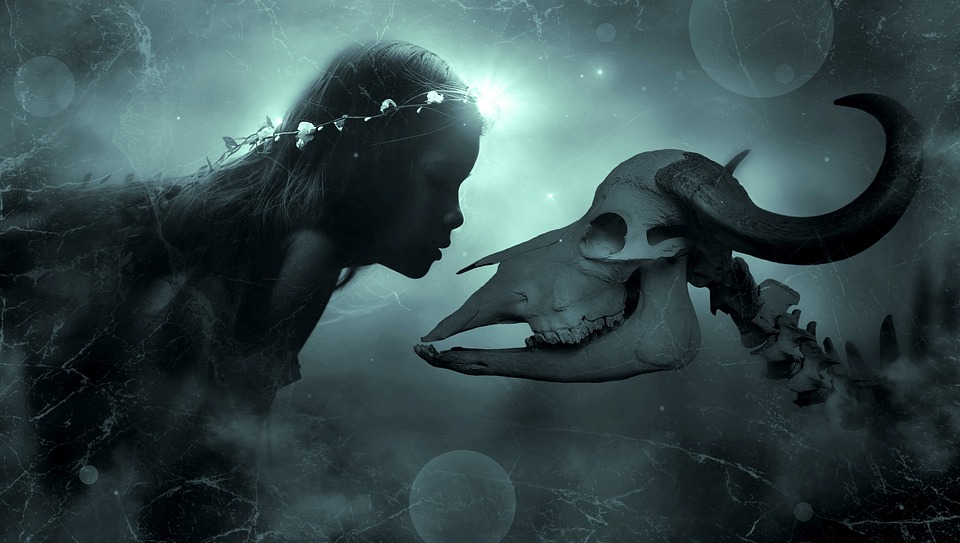
Ignore the voice of the Critic if you want to create. Acknowledge it when it speaks and remember it is not an ally in the early states of the creative process. The Critic can be helpful to discover flaws and make improvements after the vision for a product is anchored. In writing, for example, we need the editor to improve the text. But in the first stage of the creative process, the Critic distorts the contents of the imagination when it interferes with the Creator’s flow. Let the Creator lead in a new project, not the Critic. First drafts of any creation flow better without the derailing interference of the Critic. Any first draft of a creative vision is followed by renewed acts of creativity where the product is perfected. The critical voice can become an ally in certain stages of the revision process. Process creates product and both are the domains of our Innate Magician who needs to freely play with our creative power at the beginning of each creative act.
The Creator develops and elevates the contents of the imagination to higher and higher frequencies as it nurtures the imagination to perform its magic. Creativity flows through our sublime nature. It is a spiritual intelligence that works through intuition and inspiration. It is developed through disciplined work using our natural talents. In learning to ignore inner critical voices, we learn to use our creative power to nurture the sublime and, as Leonardo Da Vinci wrote, to leave a trace of ourselves in the world.
Banishing the Inner Critical Voices: A Practice
~Draw a picture of someone in your life who criticized you. Put/write all their critical remarks around the person’s face.
~Notice how their remarks make you feel. Then write out all the feelings that this critic engendered in you. Do you believe them to be true?
~Now draw your face and write all the words around this face that identify your authentic creative self, dreams and talents. Notice how these words make you feel.
~Take the first picture and burn it. Let its poison be transformed.
~Keep the second picture of your Innate Creator in a place where you see it daily. It will inspire and help to transform the Critic within you.
